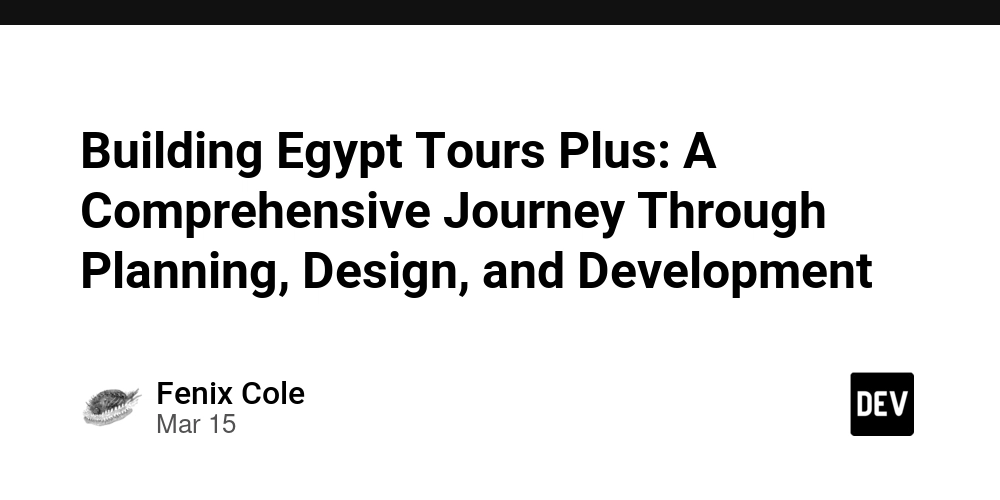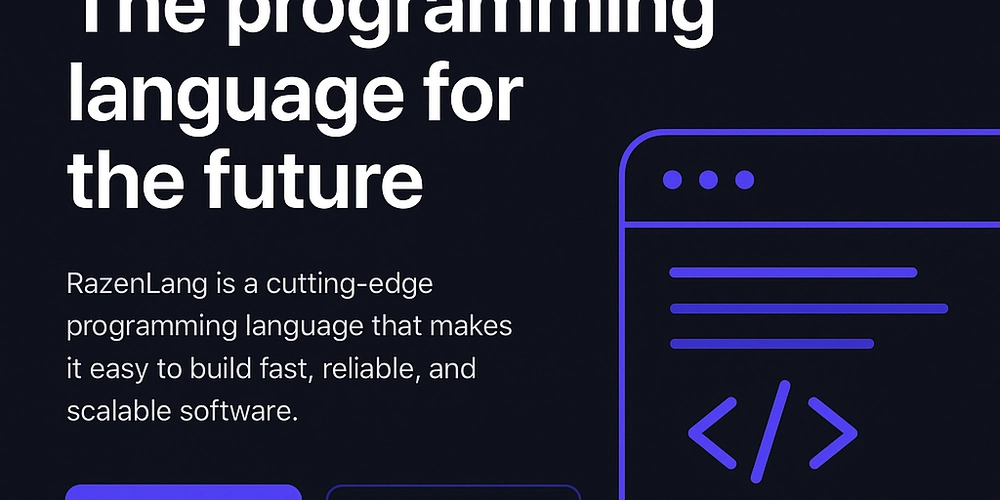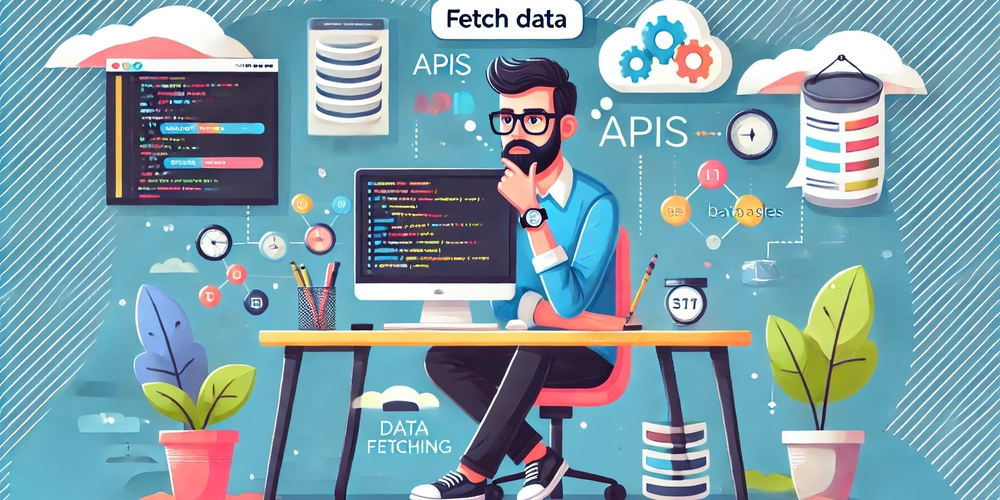Building Egypt Tours Plus: A Comprehensive Journey Through Planning, Design, and Development
Introduction: The Vision for Egypt Tours Plus The goal behind Egypt Tours Plus was to create a comprehensive online travel service that caters to travelers seeking guided tours of Egypt's iconic landmarks, such as the Pyramids of Giza, Luxor’s Valley of the Kings, and the Nile River. To achieve this vision, the website needed to be both visually stunning and functionally robust, enabling users to browse tours, check itineraries, and make reservations easily. The Planning Phase: Laying the Foundation Planning is one of the most critical stages in web development. It sets the tone for the entire project and ensures that the final product meets both business and user needs. The planning phase for Egypt Tours Plus began with discussions about the website’s purpose, target audience, and the key features required to make it a success. Key Considerations: Target Audience: Egypt Tours Plus serves tourists from all over the world, with a particular focus on people looking to visit Egypt. The user base is diverse, ranging from seasoned travelers to first-time visitors, meaning the website had to cater to a broad range of needs. Tour Listings: The website needed an easy-to-navigate system to showcase Egypt tours, complete with detailed descriptions, pricing, itineraries, and customer reviews. Booking System: The website needed to offer a secure and easy-to-use booking system where users could book tours, check availability, and pay for their trips online. Mobile Responsiveness: A significant portion of users would likely access the website via mobile devices. Ensuring that the website was responsive and functional across multiple screen sizes was essential. SEO Optimization: Since the travel industry is highly competitive, Egypt Tours Plus had to be search engine optimized (SEO) to rank high on Google for relevant search terms like “Egypt tours” and “luxury Egypt vacations.” Wireframing and Prototyping: To bring these ideas to life, wireframes and prototypes were created. Wireframes are basic layouts that depict the structure of the website without any design elements. They help developers, designers, and stakeholders understand the flow and organization of the site before diving into more complex design elements. Prototypes, on the other hand, offer a more detailed visualization of how the final product will look and function. These prototypes included interactive elements such as buttons, navigation bars, and drop-down menus to give stakeholders a clearer sense of the user experience (UX). Design Phase: Making the Vision Come Alive With the planning phase complete, the next step was translating the wireframes and prototypes into a polished visual design. The design team focused on ensuring that the site was not only visually appealing but also user-friendly. Key Design Elements: Brand Identity: Since Egypt Tours Plus was representing a brand, the website’s design needed to reflect its values and mission. The color palette, typography, and imagery were selected to evoke the rich history and culture of Egypt while also conveying a sense of modern luxury. User Experience (UX): The website needed to be intuitive and easy to navigate. The user interface (UI) design ensured that elements like tour listings, contact information, and booking forms were easily accessible. The goal was to create a seamless, pleasant experience for visitors. High-Quality Imagery: Given that Egypt is a destination known for its stunning landscapes and ancient monuments, it was crucial to use high-quality images to showcase the allure of Egypt. Full-screen images, interactive galleries, and detailed photos of landmarks were integrated throughout the website. Mobile-First Design: With a large number of visitors expected to come from mobile devices, a mobile-first approach was adopted. The website’s design prioritized a responsive layout that adjusted seamlessly to different screen sizes, whether viewed on a phone, tablet, or desktop computer. Development Phase: Bringing the Design to Life Once the design was finalized, the development phase began. The developers used a combination of programming languages, including C++, Java, and Python, to create the back-end and front-end components of the site. Back-End Development with Python: Python, known for its versatility and ease of use, was chosen as one of the primary back-end programming languages for Egypt Tours Plus. The back-end of a website is responsible for the server-side logic, databases, and APIs that make the site functional. Frameworks: Python’s Django framework was used for web development. Django is well-suited for large, data-driven websites and provided the scalability and security needed for Egypt Tours Plus. Database Integration: The website needed a powerful database to store tour details, customer information, and booking history. PostgreSQL, a relational database, was chosen for its robust features and compatibility with Python. Booking System: A custom booking syste

Introduction: The Vision for Egypt Tours Plus
The goal behind Egypt Tours Plus was to create a comprehensive online travel service that caters to travelers seeking guided tours of Egypt's iconic landmarks, such as the Pyramids of Giza, Luxor’s Valley of the Kings, and the Nile River. To achieve this vision, the website needed to be both visually stunning and functionally robust, enabling users to browse tours, check itineraries, and make reservations easily.The Planning Phase: Laying the Foundation
Planning is one of the most critical stages in web development. It sets the tone for the entire project and ensures that the final product meets both business and user needs. The planning phase for Egypt Tours Plus began with discussions about the website’s purpose, target audience, and the key features required to make it a success.
Key Considerations:
Target Audience: Egypt Tours Plus serves tourists from all over the world, with a particular focus on people looking to visit Egypt. The user base is diverse, ranging from seasoned travelers to first-time visitors, meaning the website had to cater to a broad range of needs.
Tour Listings: The website needed an easy-to-navigate system to showcase Egypt tours, complete with detailed descriptions, pricing, itineraries, and customer reviews.
Booking System: The website needed to offer a secure and easy-to-use booking system where users could book tours, check availability, and pay for their trips online.
Mobile Responsiveness: A significant portion of users would likely access the website via mobile devices. Ensuring that the website was responsive and functional across multiple screen sizes was essential.
SEO Optimization: Since the travel industry is highly competitive, Egypt Tours Plus had to be search engine optimized (SEO) to rank high on Google for relevant search terms like “Egypt tours” and “luxury Egypt vacations.”
Wireframing and Prototyping:
To bring these ideas to life, wireframes and prototypes were created. Wireframes are basic layouts that depict the structure of the website without any design elements. They help developers, designers, and stakeholders understand the flow and organization of the site before diving into more complex design elements.
Prototypes, on the other hand, offer a more detailed visualization of how the final product will look and function. These prototypes included interactive elements such as buttons, navigation bars, and drop-down menus to give stakeholders a clearer sense of the user experience (UX).
- Design Phase: Making the Vision Come Alive With the planning phase complete, the next step was translating the wireframes and prototypes into a polished visual design. The design team focused on ensuring that the site was not only visually appealing but also user-friendly.
Key Design Elements:
Brand Identity: Since Egypt Tours Plus was representing a brand, the website’s design needed to reflect its values and mission. The color palette, typography, and imagery were selected to evoke the rich history and culture of Egypt while also conveying a sense of modern luxury.
User Experience (UX): The website needed to be intuitive and easy to navigate. The user interface (UI) design ensured that elements like tour listings, contact information, and booking forms were easily accessible. The goal was to create a seamless, pleasant experience for visitors.
High-Quality Imagery: Given that Egypt is a destination known for its stunning landscapes and ancient monuments, it was crucial to use high-quality images to showcase the allure of Egypt. Full-screen images, interactive galleries, and detailed photos of landmarks were integrated throughout the website.
Mobile-First Design: With a large number of visitors expected to come from mobile devices, a mobile-first approach was adopted. The website’s design prioritized a responsive layout that adjusted seamlessly to different screen sizes, whether viewed on a phone, tablet, or desktop computer.
- Development Phase: Bringing the Design to Life Once the design was finalized, the development phase began. The developers used a combination of programming languages, including C++, Java, and Python, to create the back-end and front-end components of the site.
Back-End Development with Python:
Python, known for its versatility and ease of use, was chosen as one of the primary back-end programming languages for Egypt Tours Plus. The back-end of a website is responsible for the server-side logic, databases, and APIs that make the site functional.
Frameworks: Python’s Django framework was used for web development. Django is well-suited for large, data-driven websites and provided the scalability and security needed for Egypt Tours Plus.
Database Integration: The website needed a powerful database to store tour details, customer information, and booking history. PostgreSQL, a relational database, was chosen for its robust features and compatibility with Python.
Booking System: A custom booking system was developed using Python to manage availability, pricing, and reservations. The system was designed to integrate with third-party payment gateways like PayPal and Stripe, ensuring that transactions were secure and seamless.
Front-End Development with Java and JavaScript:
JavaScript is an essential language for front-end development, providing the interactive features that users expect on modern websites. Java was also used to create dynamic elements and improve the overall performance of the site.
JavaScript: JavaScript was used extensively for creating interactive elements on the front-end, such as image sliders, booking forms, and live chat features. It helped create a dynamic user experience, allowing the website to respond to user actions in real-time.
AJAX: To ensure the website’s interactivity was fast and smooth, AJAX (Asynchronous JavaScript and XML) was used to update parts of the page without reloading it completely. This helped create a more fluid user experience.
Frontend Frameworks: Frameworks like ReactJS were implemented to build reusable UI components that made the website easy to maintain and scale. React’s component-based architecture also improved the site’s performance, reducing loading times.
C++ for Performance Optimization:
While Python and JavaScript were used for the core website functionalities, C++ played a key role in optimizing the website’s performance, particularly in areas that required heavy computational resources, such as data processing and real-time analytics.
Optimization: C++ was used to handle high-performance operations such as managing large datasets and performing complex calculations in the background. This ensured that the website could handle high traffic volumes without compromising speed.
Integration with Back-End: C++ code was integrated into the back-end systems, allowing for efficient data processing and faster page loads, which is crucial for user retention.
- Testing Phase: Ensuring Functionality and Quality Testing is an essential part of any web development project. Before launching Egypt Tours Plus, several rounds of testing were conducted to ensure the website’s functionality, performance, and security.
Types of Testing:
Functional Testing: This involved testing every feature on the website to ensure it worked as expected. Features such as the tour booking system, payment gateway, and user registration were thoroughly tested.
Performance Testing: The website’s speed and performance were tested using tools like Google Lighthouse. Load testing was also done to simulate high traffic and ensure the site could handle large numbers of users without crashing.
Security Testing: Since the website deals with sensitive customer data and financial transactions, security testing was paramount. Vulnerabilities such as SQL injection, cross-site scripting (XSS), and cross-site request forgery (CSRF) were tested and mitigated.
User Acceptance Testing (UAT): A group of end users tested the website to ensure that it met their needs and expectations. Feedback was collected and used to make improvements to the design and functionality.
Challenges and Solutions
Throughout the development process, several challenges were encountered, but each was addressed with effective solutions.Complex Booking System:
The custom-built booking system was initially difficult to scale due to the large number of variables involved (tour schedules, availability, pricing, etc.). To resolve this, the team worked closely with the business owners to define clear rules for the booking process and implemented an advanced algorithm to automate pricing adjustments.Mobile Optimization:
Ensuring a smooth mobile experience while retaining the desktop functionality was a significant challenge. However, adopting a mobile-first approach and using responsive design principles helped resolve this issue.SEO Optimization:
Search engine optimization for a highly competitive industry like travel was tricky. The development team used SEO best practices, such as proper use of headings, meta tags, and URL structures, alongside Python-based tools for SEO auditing.Expert Insights: Web Development Trends and Best Practices
Several trends in web development shaped the creation of the Egypt Tours Plus website, and staying updated on these trends is critical for developers looking to build effective websites in today’s competitive landscape.
Key Trends:
Progressive Web Apps (PWAs): With increasing mobile usage, PWAs have become a significant trend. PWAs are fast, reliable, and offer a native app-like experience while remaining accessible through a browser.
AI and Chatbots: AI-powered chatbots were integrated into Egypt Tours Plus to assist users with their inquiries. This not only improved customer service but also enhanced the overall user experience.
Personalization: Personalizing the website experience based on user behavior (e.g., showing relevant tours based on previous searches) has become essential in increasing engagement and conversion rates.
Best Practices:
Security: Always prioritize security in web development, especially when dealing with sensitive customer data. Implement SSL certificates, secure payment gateways, and encryption to protect users’ privacy.
User-Centered Design: Always keep the user in mind when designing the website. Understand their pain points and needs to create a seamless, intuitive experience.
Mobile-First Development: Given the rise of mobile usage, developing websites with a mobile-first approach is no longer optional but essential.
- Conclusion: A Successful Launch The creation of Egypt Tours Plus was a multifaceted process that required careful planning, design, and development. By using a combination of C++, Java, and Python, the team was able to build a scalable, user-friendly, and high-performing website that met both business and user needs. Through rigorous testing and a focus on optimization, Egypt Tours Plus was successfully launched, offering travelers a seamless way to explore Egypt’s rich history and culture.












































































































































































![[The AI Show Episode 142]: ChatGPT’s New Image Generator, Studio Ghibli Craze and Backlash, Gemini 2.5, OpenAI Academy, 4o Updates, Vibe Marketing & xAI Acquires X](https://www.marketingaiinstitute.com/hubfs/ep%20142%20cover.png)



























































































































![[FREE EBOOKS] The Kubernetes Bible, The Ultimate Linux Shell Scripting Guide & Four More Best Selling Titles](https://www.javacodegeeks.com/wp-content/uploads/2012/12/jcg-logo.jpg)



![From drop-out to software architect with Jason Lengstorf [Podcast #167]](https://cdn.hashnode.com/res/hashnode/image/upload/v1743796461357/f3d19cd7-e6f5-4d7c-8bfc-eb974bc8da68.png?#)





































































































.png?#)





.jpg?#)
































_Christophe_Coat_Alamy.jpg?#)







































































































![Rapidus in Talks With Apple as It Accelerates Toward 2nm Chip Production [Report]](https://www.iclarified.com/images/news/96937/96937/96937-640.jpg)








































































































































